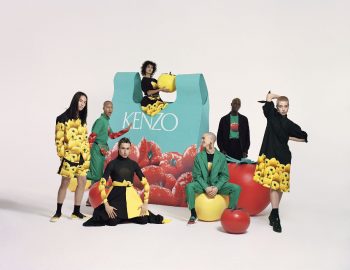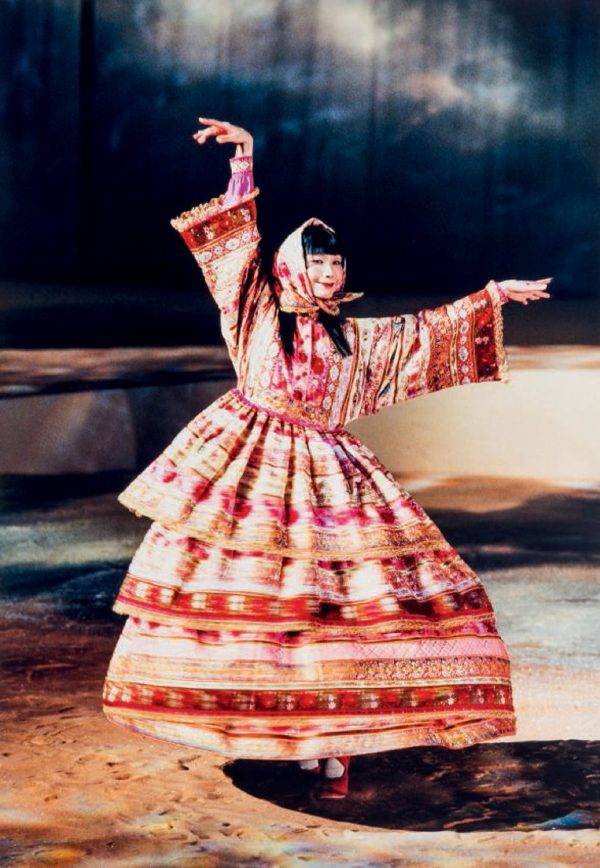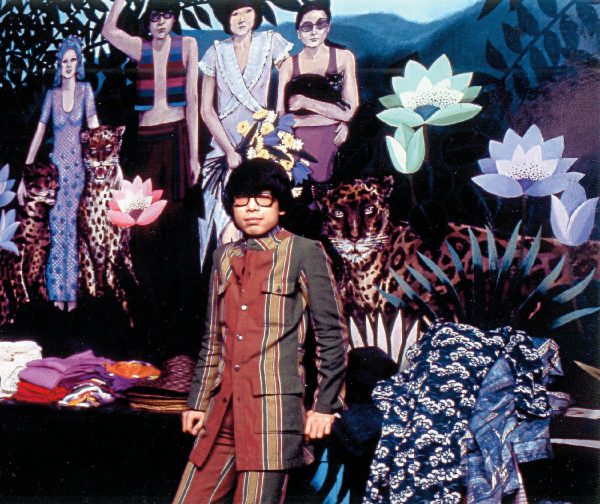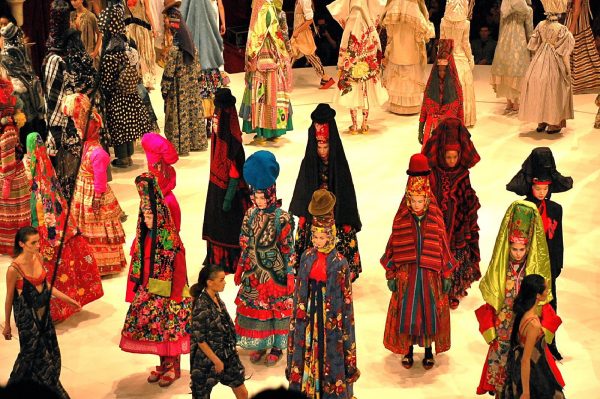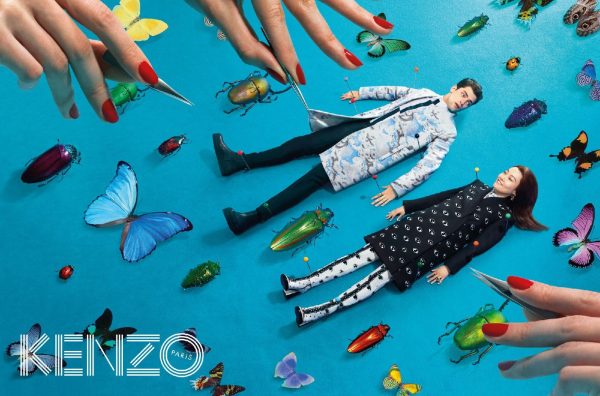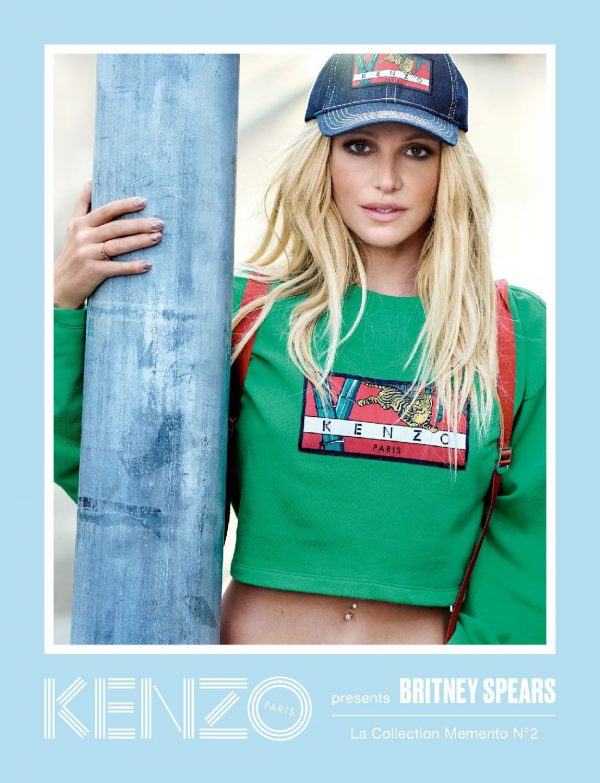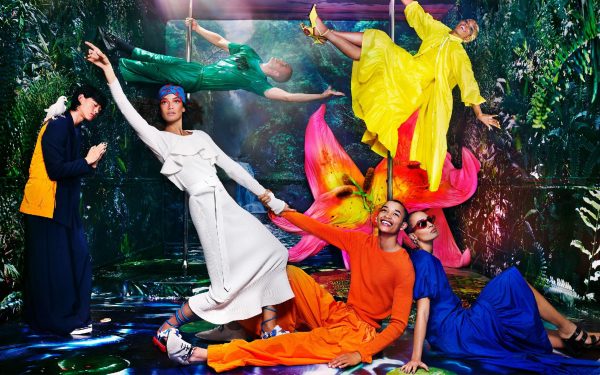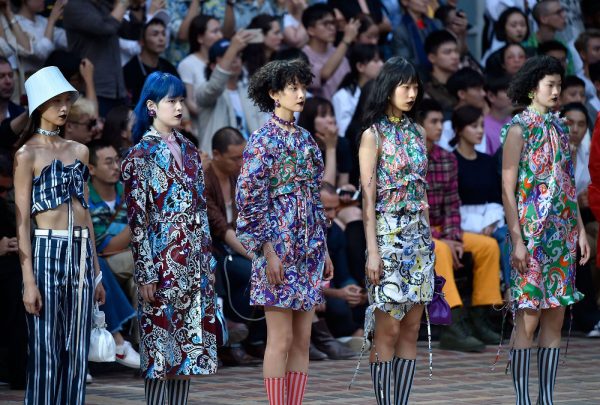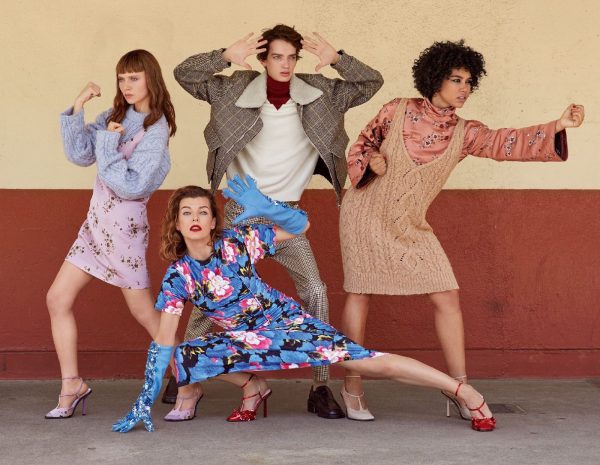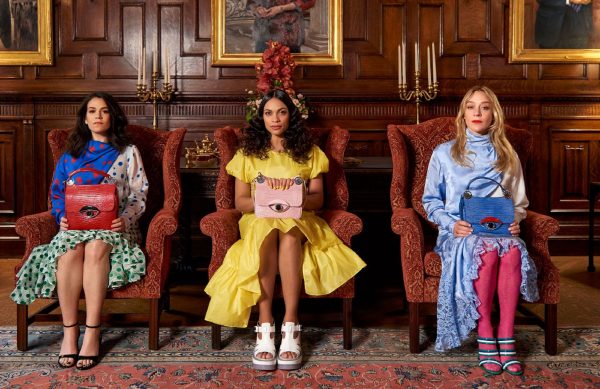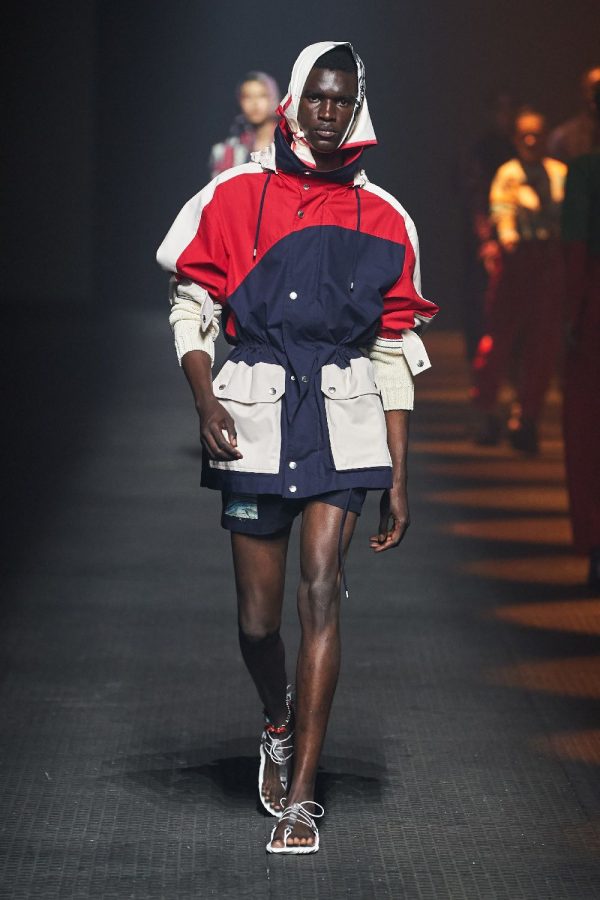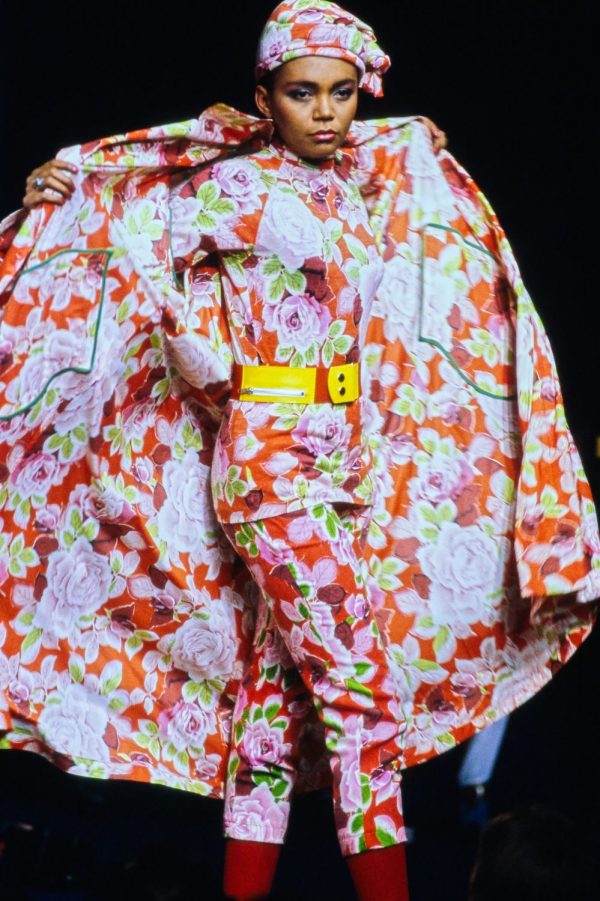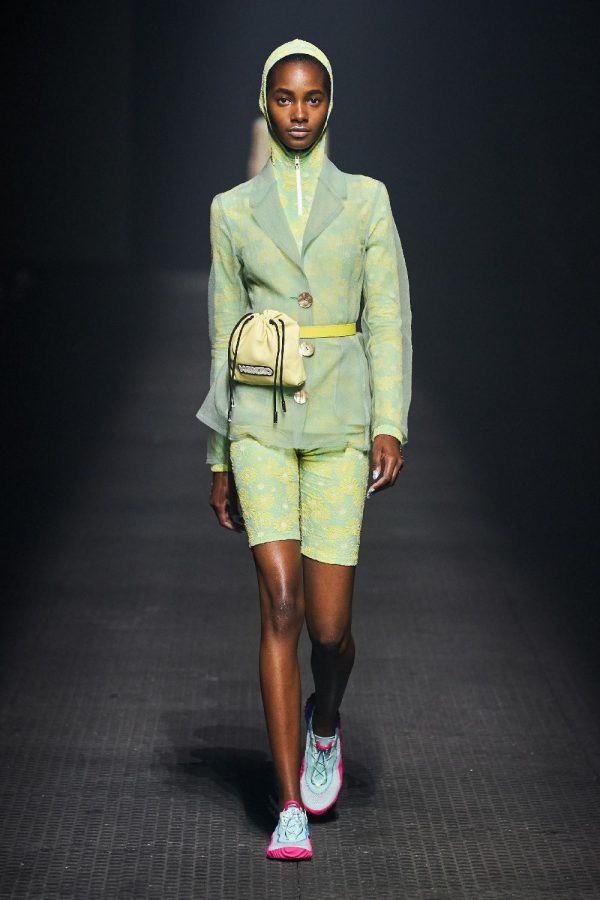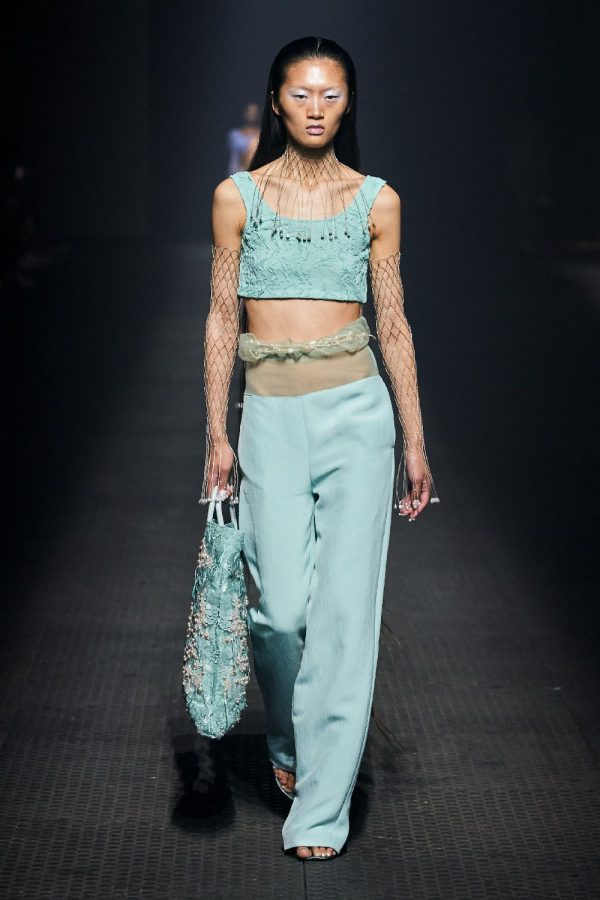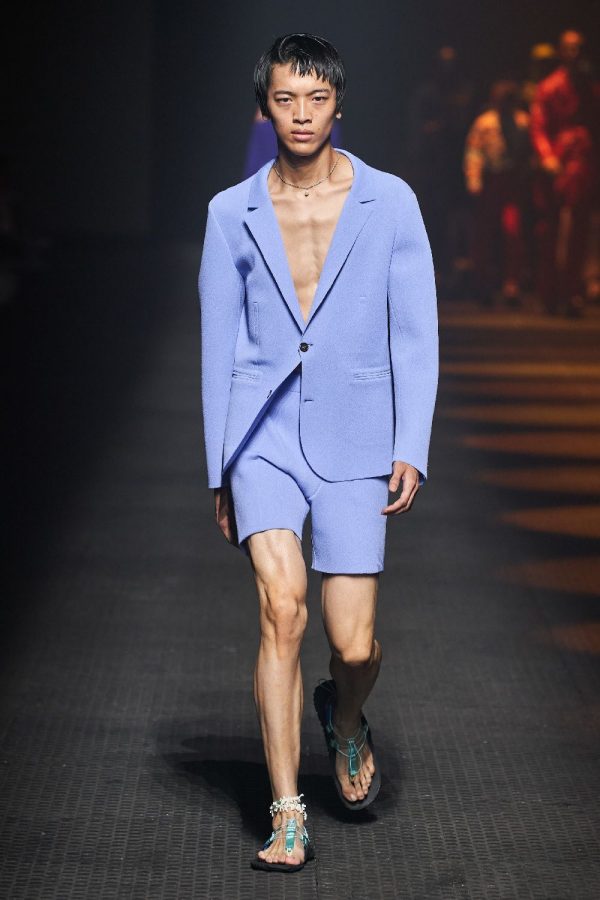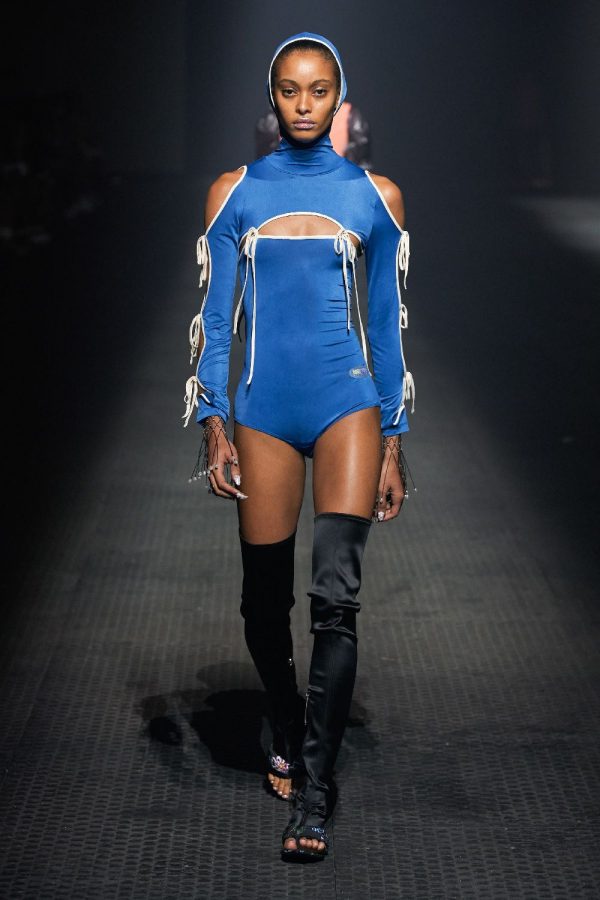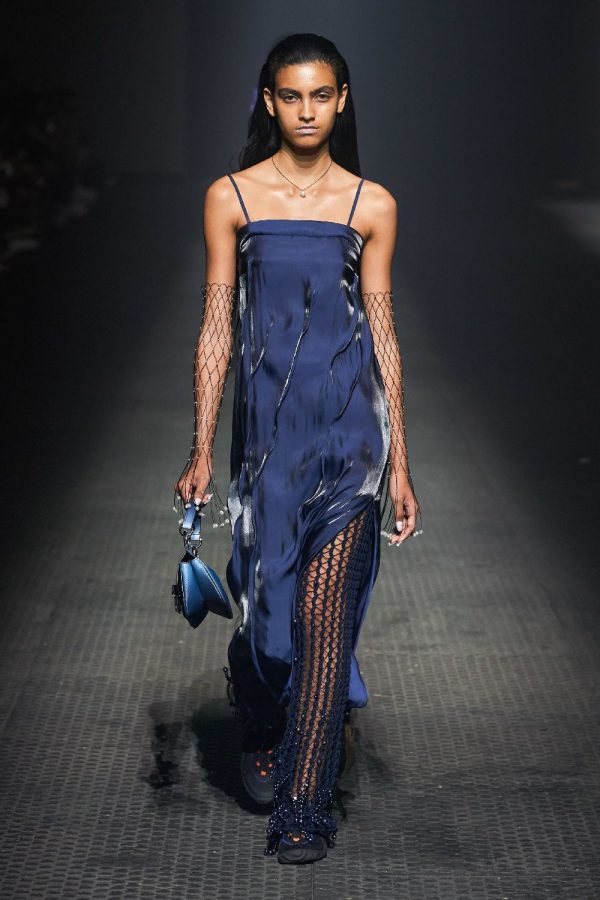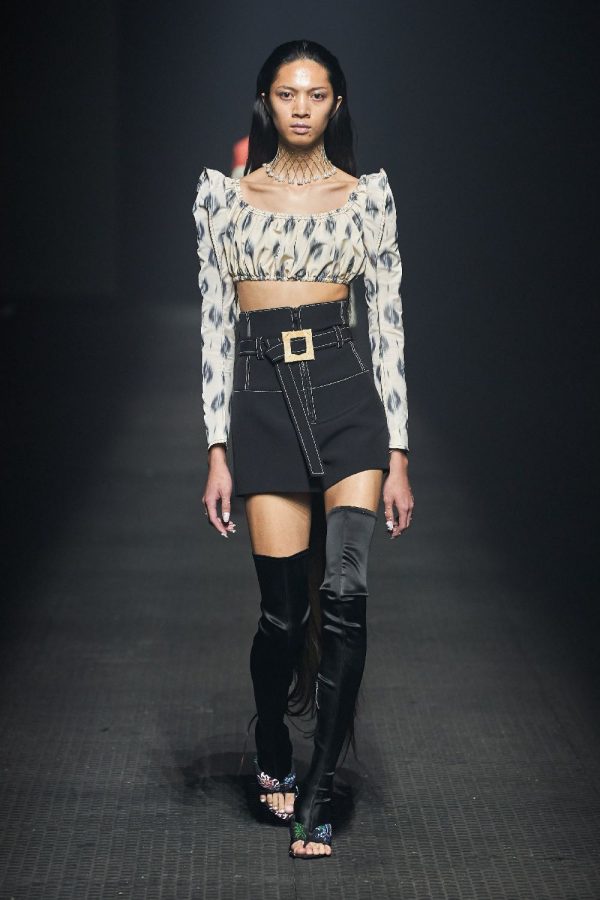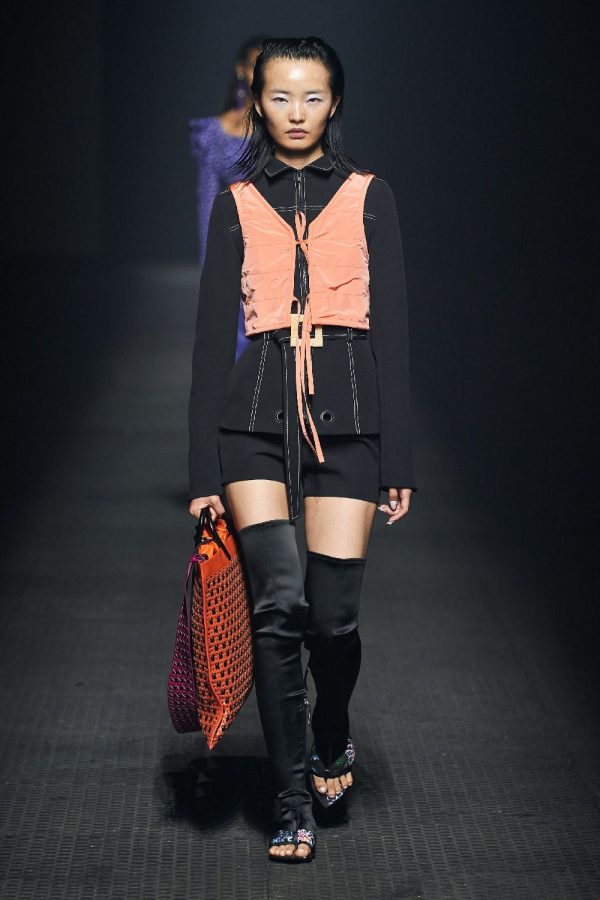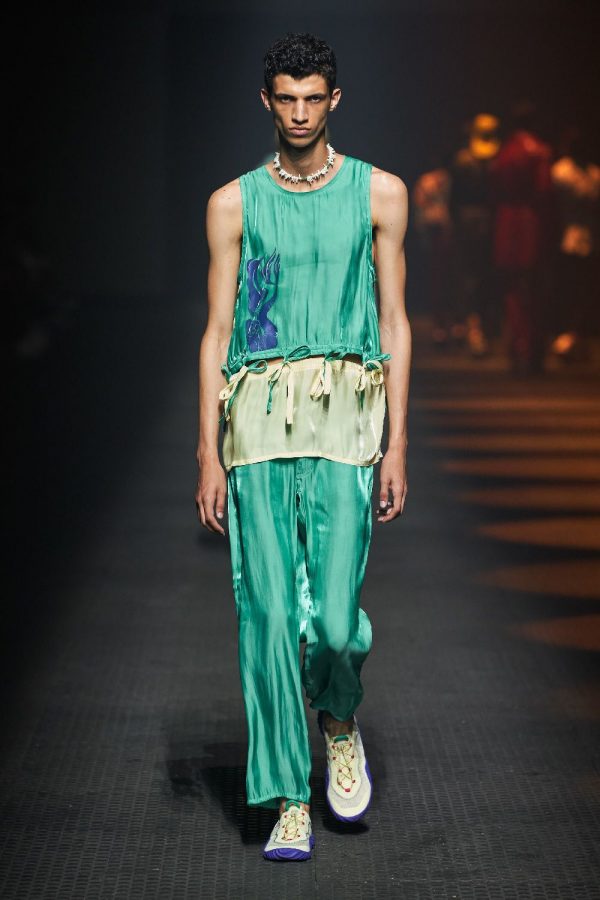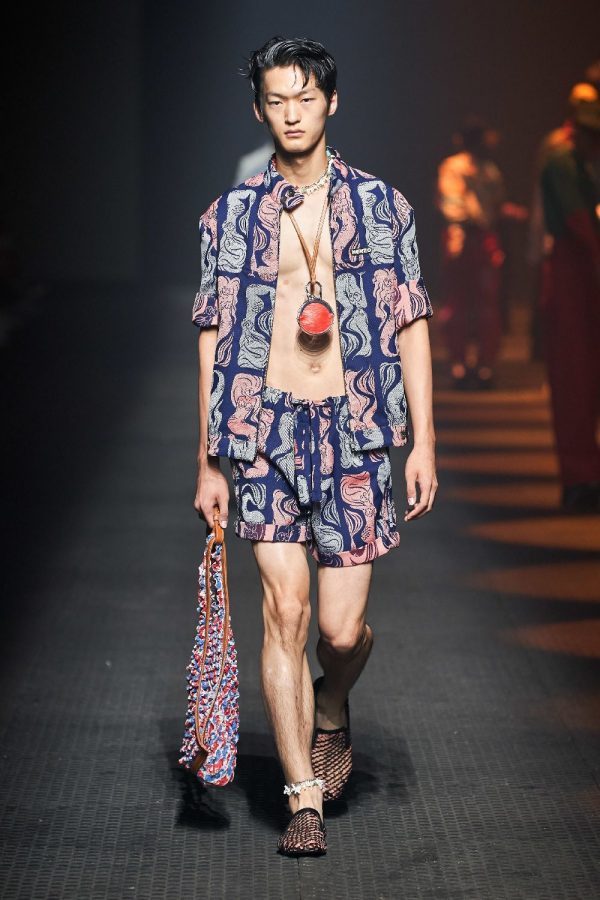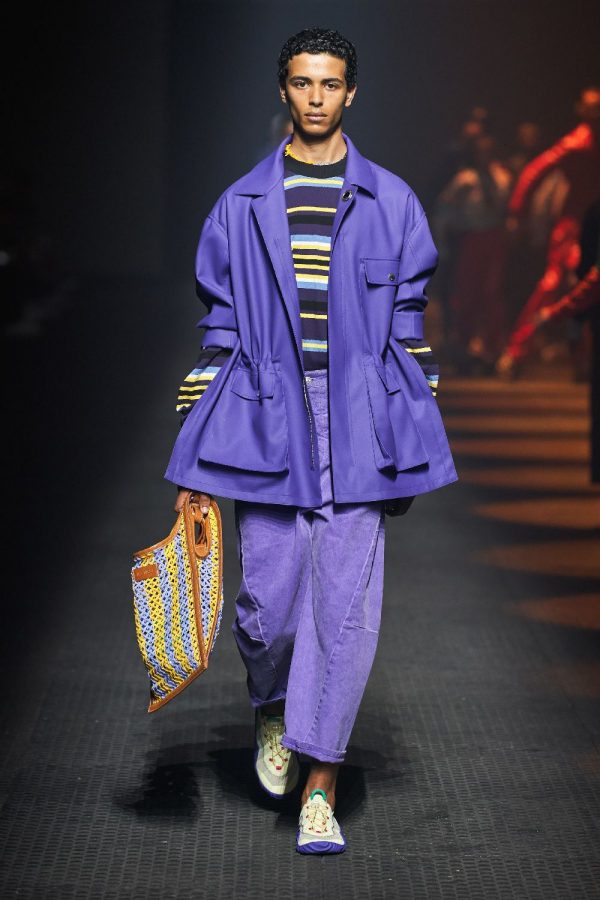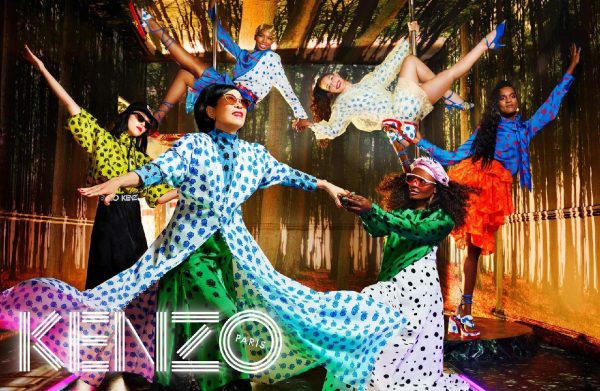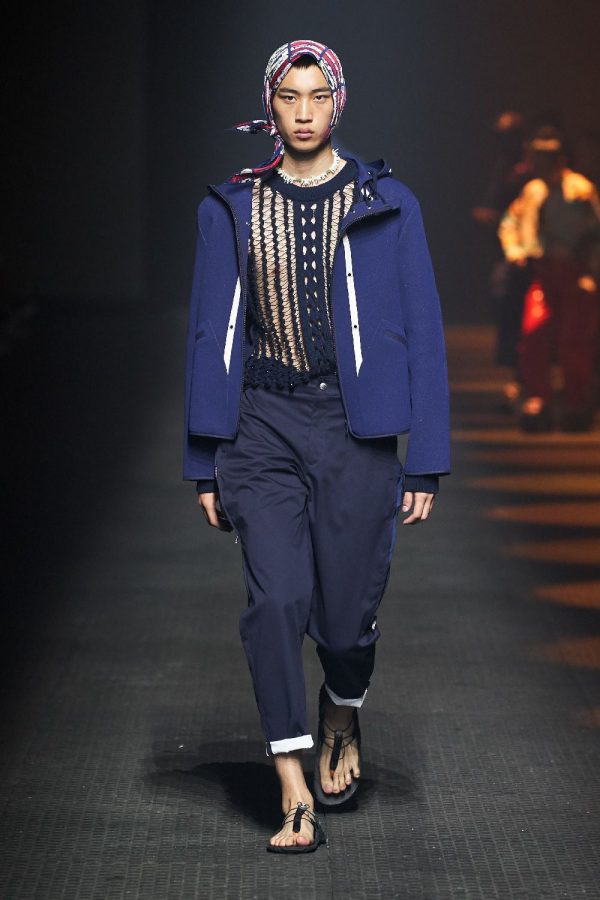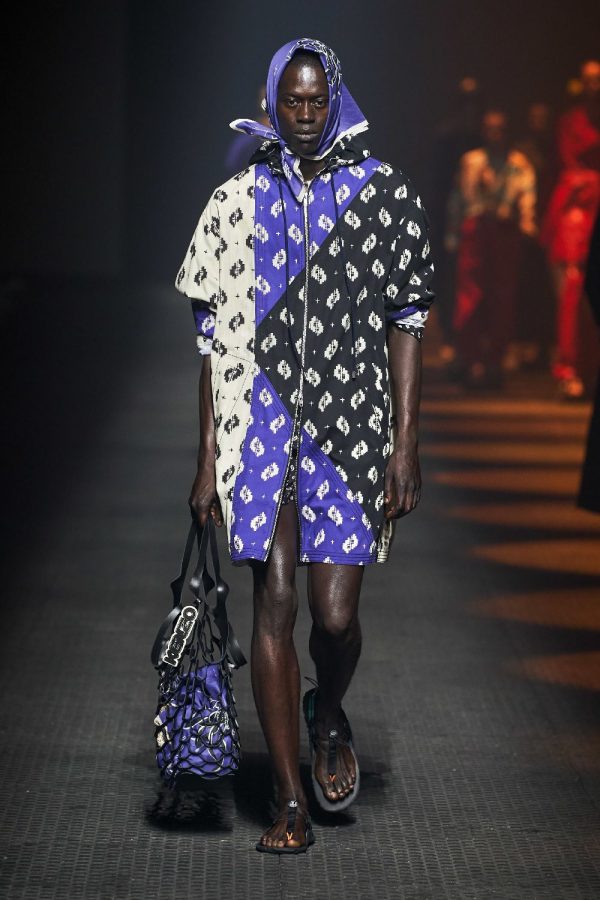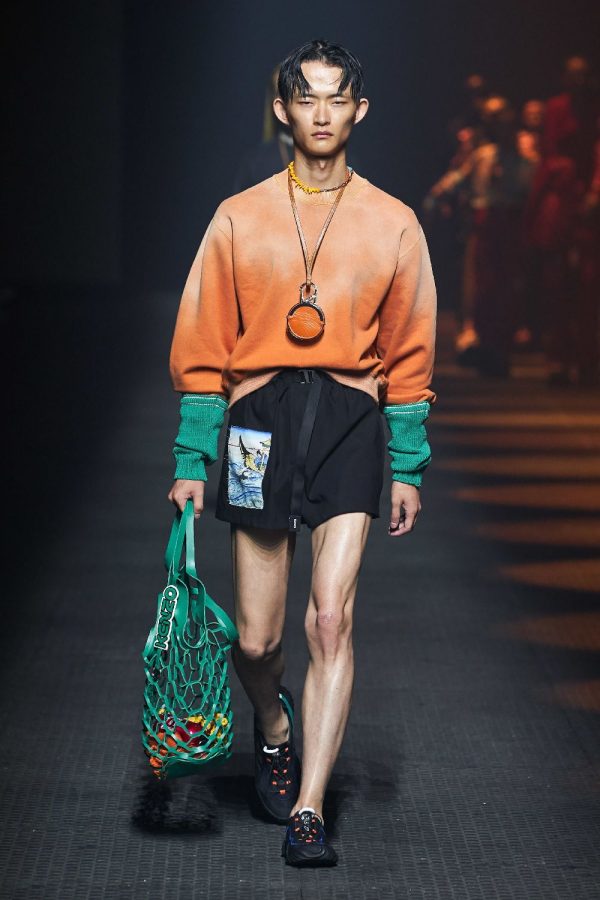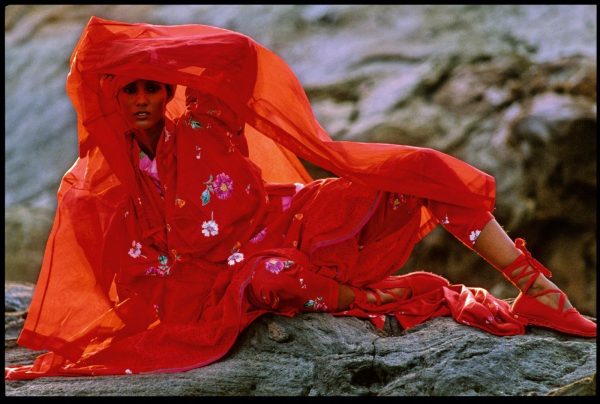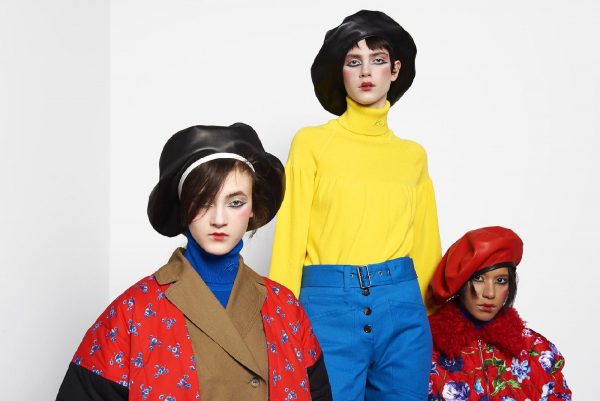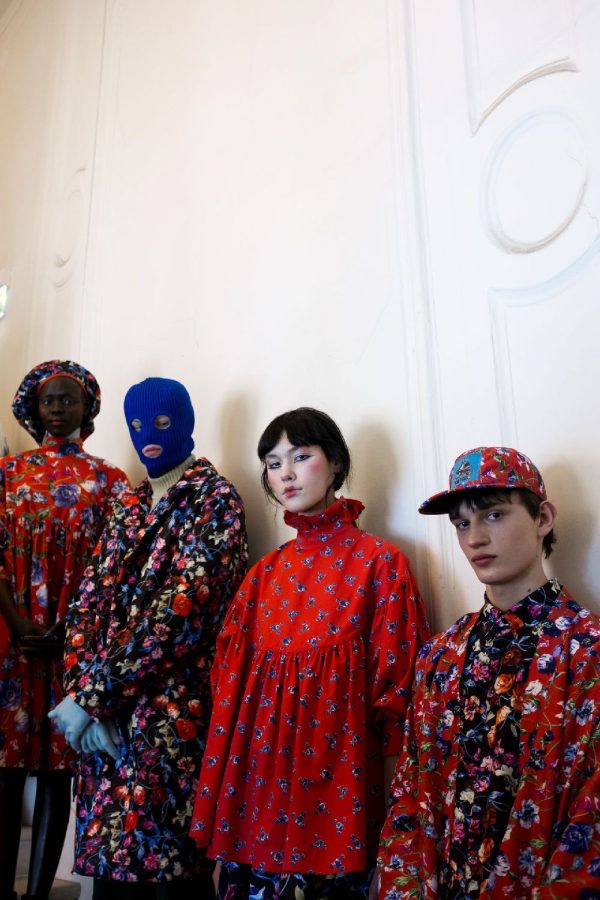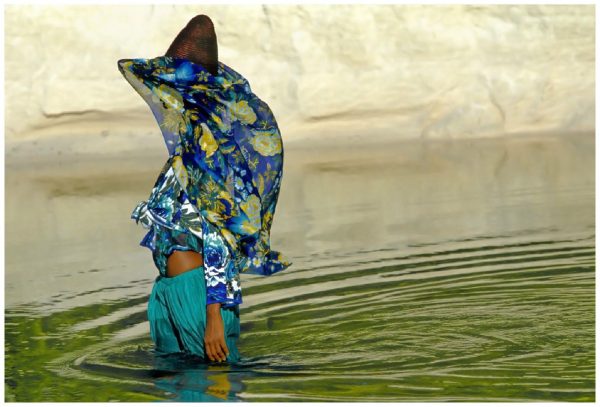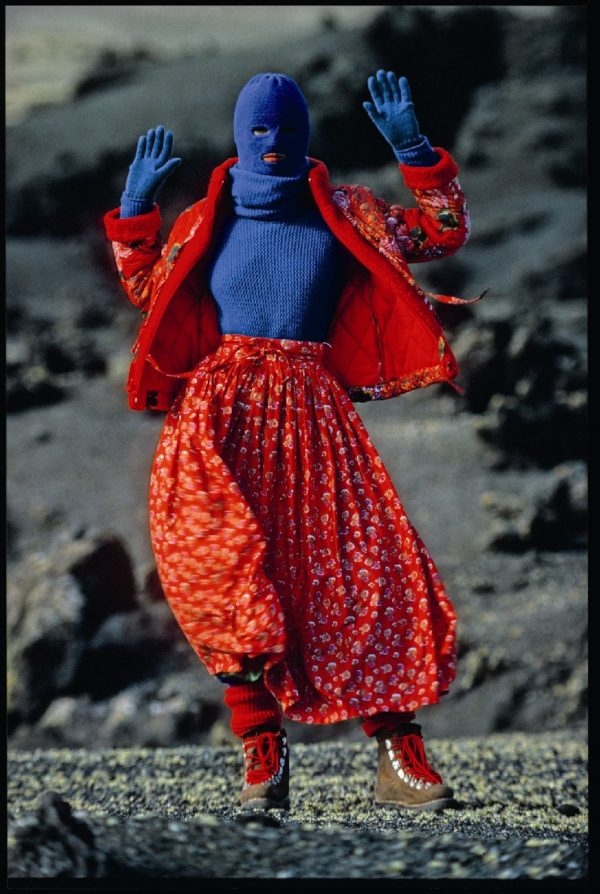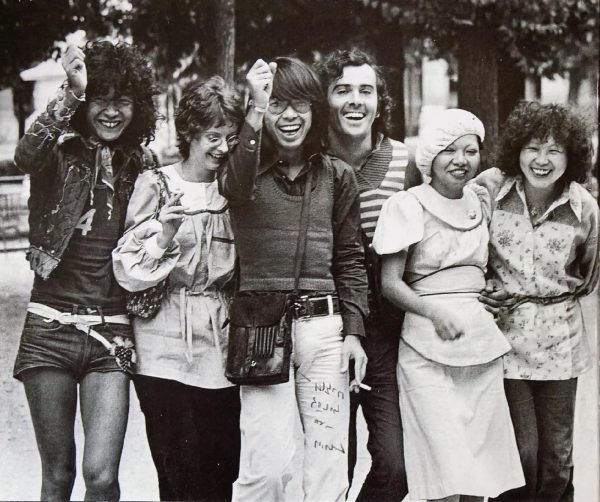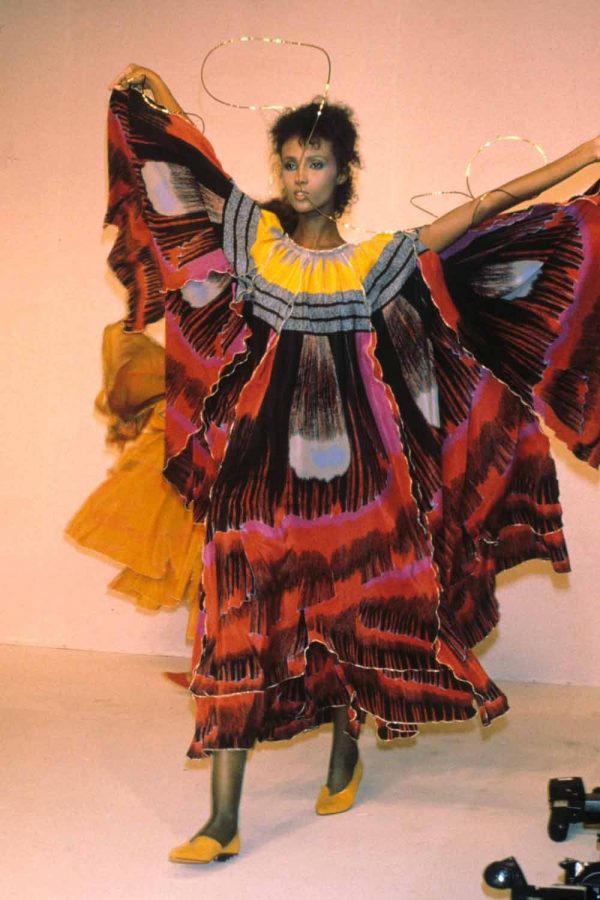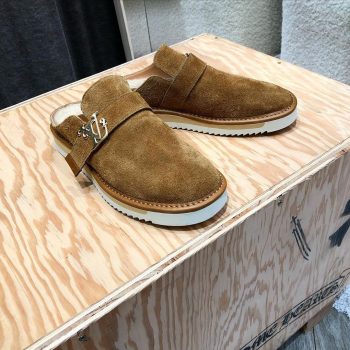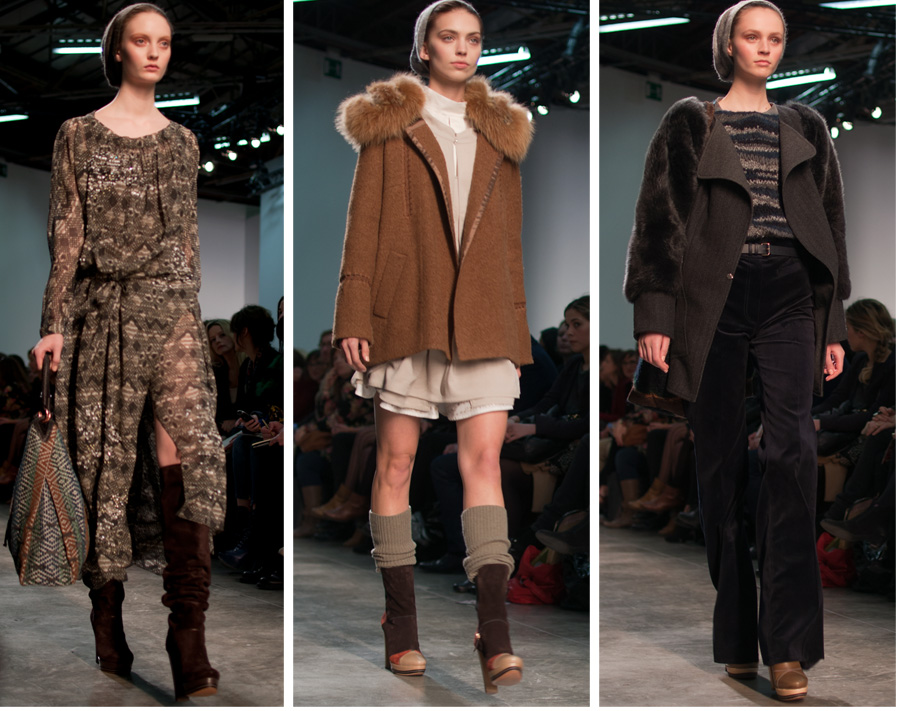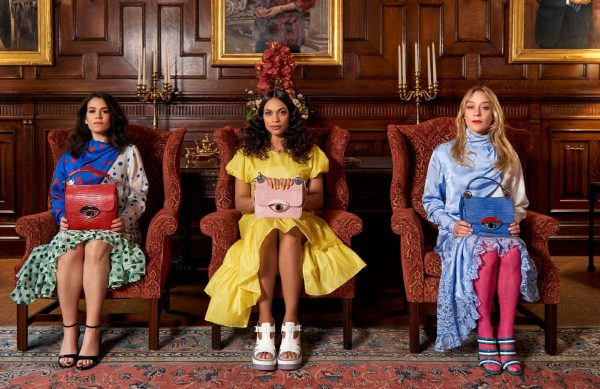
An evocative and touching show closed by the performance of Solange Knowles
Sports Palace of Bercy. Last day of Paris Fashion Week. On the catwalk the farewell of Humberto Leon and Carol Lim to Kenzo. In a half-lighted room the garments of the final collection inspired by the Ama, the Japanese divers portrayed also by Hokusai, who explore the ocean floor in search of submerged molluscs and treasures, alternate. The models wear wet looks completed with crumpled jersey tops and dresses; neoprene suits in orange, purple or black; athletic pieces reinterpreted in lurex; transparent crepe dresses with prints of shrimps, sirens and lilies; blouses that look like irregularly pleated dresses; long dresses embellished with sequins and pearls; rubberized outerwear made special by nautical motifs and sea urchins; cotton sweatshirts combined with tailored jackets.
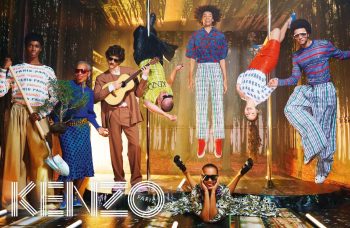
The show is an evocative under the sea fairy tale, populated by wonderful creatures and creations that tell the story of the designer couple’s decade as creative directors of Kenzo, as underlined by the dancers on the catwalk (choreographed by Léo Lerus) who wore some of the most iconic looks they created in 2012, combined with traditional Okobo sandals. A surprising guest closes the farewell collection: Solange Knowles who, accompanied by a brass band, sang I’m a Witness, the closing track of her latest album When I get home.
Humberto Leon and Carol Lim at Kenzo close a chapter in the history of the brand, which began in 2011 when the two, already the founders of Opening Ceremony, were chosen as new artistic directors instead of Antonio Marras. If the Sardinian designer conceives a fashion rooted in Japanese culture, with references to traditional items such as peach blossom, bamble kokeshi and other symbols of island folklore, Leon and Lim, engaged in the relaunch of Kenzo, focus on the original brand identity, recovering it and making it more attractive to new generations. As CEO Sylvie Colin pointed out, commenting on the news of the end of their professional relationship:
“Humberto and Carol have pushed for diversity and inclusion in the company, using their collections, fashion shows, advertising and projects to engage and inspire a new generation of creatives. They have always had a filtered approach through the lens of the customer experience and a modern vision.”- Sylvie Colin
Much of their immediate success (their debut collection sold out in a few hours in the Parisian stores) is, in fact, due to a great attention to communication, amplified by a strategic presence on social networks and interesting advertising campaigns created with great talents such as David La Chapelle and important testimonials such as Britney Spears, not to mention the many fan celebs such as Beyoncé, Rihanna or Selena Gomez.
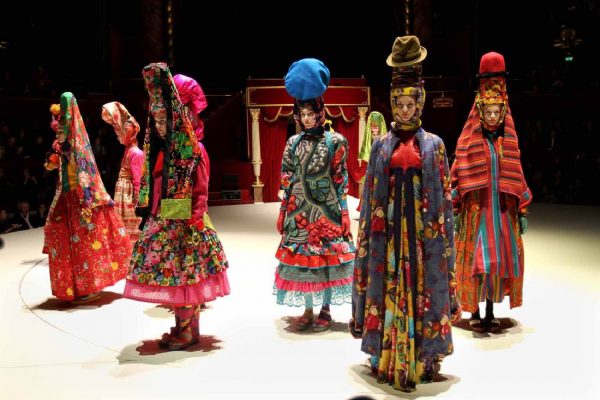
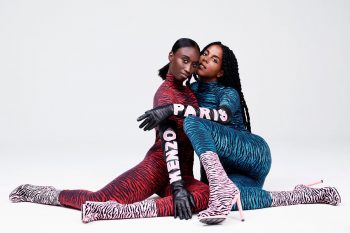
The popularity achieved by the couple of designers, which according to rumours could be replaced by Felipe Oliveira Baptista, recalls that reached by Kenzo Takada at the debut of the brand. We go back to 1970 when the man opened his first Parisian boutique: Jungle Jap. The following year his designs, inspired by The Dream in mind by Henri Rousseau, appeared on Elle and Vogue America, turning the spotlight on animal fantasies, wide shapes and references to the symbology of nature.
This unique mix of fun prints, different textures and flowers where traditional Japanese materials and designs blend, without contrasts, with western street style is an absolute novelty that catalyzes the attention of the fashion scene on Kenzo.
“Fashion is like food, it’s important not to focus on the same menu”.
It’s one of the famous quotes from the designer, famous for his irreverent play of twisting codes, in a blaze of ethnic and colorful looks, mixes & matches, and unusual elements such as ribbons hidden behind the clothes to tighten around the body. Its bold and particular graphics, colors and patchwork of fabrics have been the most important factor of his success. Also important is the introduction of cotton, a fabric rarely used in high fashion at the time, which allowed Takada to play with larger proportions and silhouettes such as poetic blouses with puffed sleeves, pleated harem trousers, fluid kimonos.
Animal patterns, bright colors and cultural mixes remained Kenzo’s distinctive elements over time, even after the farewell of founder Takada in 1999. Now that the brand, with the end of the Leon-Lim era, is about to begin a new chapter in history, it will be interesting to see how the new creative director will interpret codes so well known, and if he manages to break into the taste of the current generation as his predecessors.
VIA: NSS
